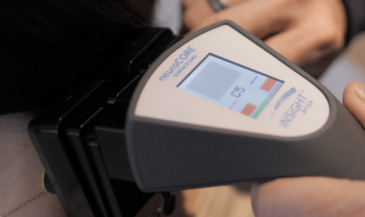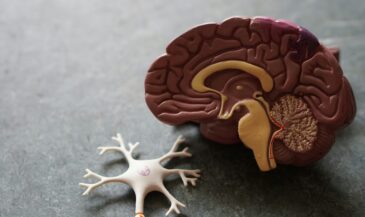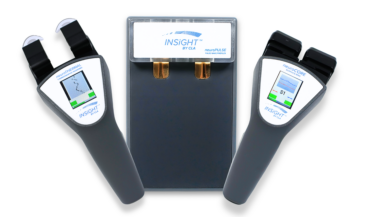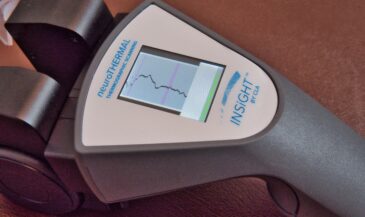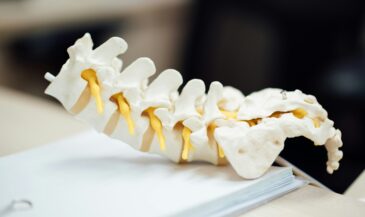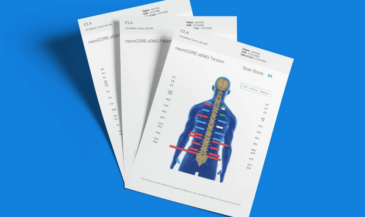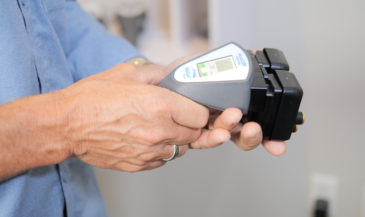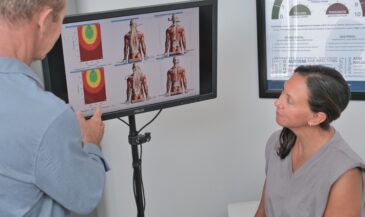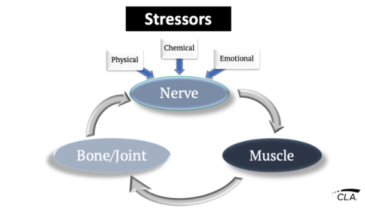By Dr. Christopher Kent and Dr. Patrick Gentempo, Jr. A common problem for D.C.s is documenting the need for chiropractic care. A disturbing number of insurance carriers are placing arbitrary “caps” on the frequency of chiropractic visits permitted per year. Even where formal caps do not exist, many insurance companies are cutting claims and denying additional care. Their rationale is that continued treatment is not “medically necessary.” Such a determination is often based upon an independent examiner’s statement that there is no objective evidence to substantiate the chiropractor’s claim that additional care is needed. Surface electrode paraspinal electromyography may be used to document the need for chiropractic care. By comparing a patient’s EMG potentials with a normative data base, objective evidence of abnormality may be obtained. Cram has published normative data for paraspinal EMG potentials in chronic pain patients and pain-free controls. This data was obtained by examining 200 chronic pain patients at the Swedish Hospital Pain Center in Seattle, and 104 non-pain subjects at the University of California at Irvine. Ellestad et al. reported that patients with low back pain have an increase in EMG activity levels in the lumbar paraspinal muscles during motion. They discovered that patients receiving manipulative therapy showed a significant decrease in paraspinal EMG activity. Insurance carriers and independent examiners often state that patients have reached maximal medical improvement and that their condition is stable and permanent. This is used as a rationale for denying continued care. Such arbitrary and capricious proclamations result in many cases of patients being denied needed chiropractic services. By performing a baseline EMG study upon admission to care, and doing follow-up EMG studies periodically throughout a course of treatment, the doctor may determine if the patient is responding favorably, or if their condition is not improving. In many cases, follow-up EMG studies will show that the patient is improving, but has not yet reached either normal values or “permanent and stable” status. These reports can be used to demonstrate the need for continuing chiropractic care, and to refute the claims of “expert” examiners who lack objective documentation of their opinion. Similarly, malingerers often present with normal EMG findings, and patients that are indeed “permanent and stable” exhibit unchanging readings. By using surface electrode paraspinal electromyography, objective “hard data” may be collected. This helps ensure that patient, doctor, and insurance carrier make fair and objective determinations of need for care. Because electromyography is an accepted diagnostic tool, insurance reimbursement for clinically indicated studies has been excellent. Clinical evidence of muscular dysfunction which may justify EMG studies include: palpable spasm, altered ranges of motion, paraspinal tenderness, myalgia, muscle wasting, and diminished or asymmetrical muscle strength. References
- Cram J: Clinical EMG: Muscle Scanning for Surface Recordings, Biofeedback Institute of Seattle, Seattle, WA 1986.
- Ellenstad S et al: “Electromyographic and Skin Resistance Responses to Osteopathic Manipulative Treatment of Low Back Pain,” JAOA.
- Kent C. Brody S: “Paraspinal Electromyography and the IME Exam,” Digest of Chiropractic Economics, July/August 1988.






